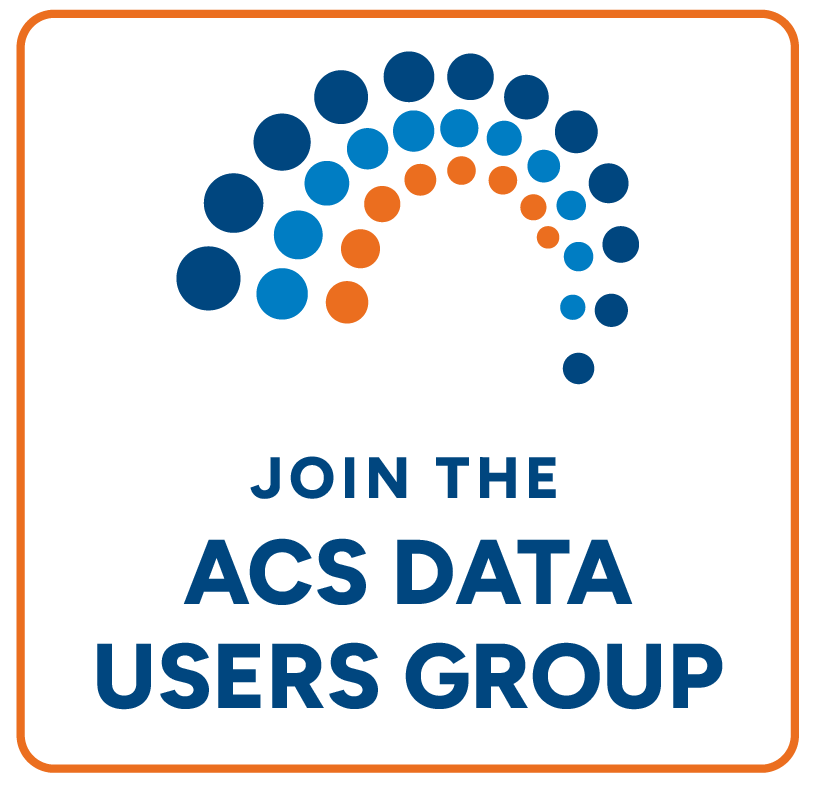Provide Employment Opportunities
Employers, federal agencies, and federal government contractors are interested in knowing whether programs designed to employ specific groups, such as people with disabilities or veterans, are succeeding (Vietnam Era Veterans' Readjustment Assistance Act, Rehabilitation Act of 1973). Industry, occupation, and class of worker data provide additional detail about the jobs and careers pursued by people participating in these programs.
State and local agencies use these statistics to:
- Identify labor surplus areas (areas with people available for hiring and training).
- Plan workforce development programs including job fairs and training programs.
- Promote business opportunities.
Ensure Equal Employment Opportunity
We want to know more about people who are employed or looking for work in combination with educational attainment, age, sex, race, Hispanic origin, disability status, veteran status, and other data, to help governments and communities enforce civil rights laws against employment discrimination (Civil Rights Act of 1964). For example, these data help enforce nondiscrimination in employment by federal agencies, private employers, employment agencies, and labor organizations.
Understand Changes
Information on growing or declining industries and occupations help estimate changes in the economy. Labor force estimates are used in funding decisions; to ensure surveys are accurate, including surveys that provide official labor market estimates; and to understand changes in other data (Wagner-Peyser Act and Workforce Investment Act).
The National Institute of Food and Agriculture use class of worker data to understand changes in farm workers and agriculture.









